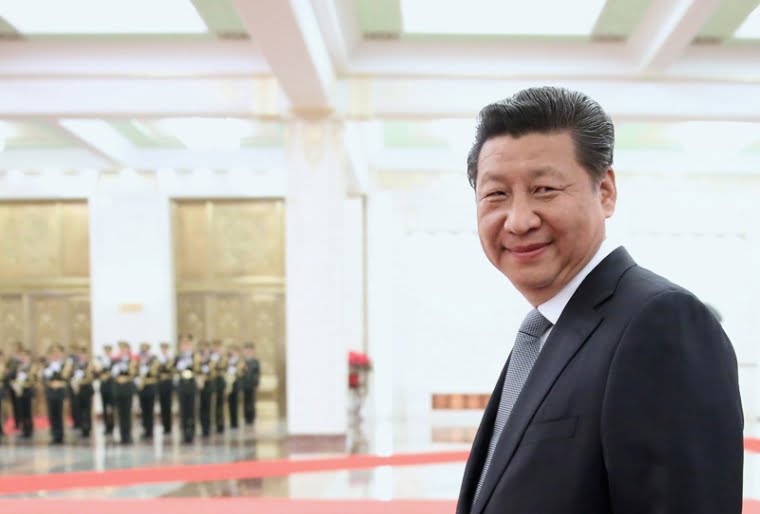The Chinese Government has instructed its agencies and state-owned enterprises to stop using Western IT hardware and software by the end of 2022. The move is widely seen as a response to the banning of Huawei and smaller Chinese supplier ZTE from government contracts in Western countries, including the USA and Australia.
No announcement was made publicly, but it has been widely reported in the Chinese press. Western reports are largely based on a 9 December article in the respected UK publication The Financial Times, since confirmed by other sources.
It is being called the 3-5-2 plan in the Chinese press, a reference to the directive that 20 per cent of IT equipment needs to be replaced in 2020, a further 50 per cent in 2021, and the remaining 30 per cent by the end of 2022.

There has been little reaction from Western tech companies or governments. The biggest losers are likely to be large US based companies such as Amazon, Google, Microsoft and Apple, none of whom have commented publicly on the Chinese plan. The US Government, currently locked in trade negotiations with the Chinese authorities, has also been silent.
The ban is being seen by some as a retaliation against Huawei’s treatment, but it needs to be seen against a broader context.
The Cold War between China and the West has many more facets than Donald Trump’s recent pot-shots on tariffs and trade. China has a long-term strategy of weaning itself off a dependence on Western technology.
It has long used Western — mostly US — computer technology as a matter of necessity. The Wintel (Microsoft Windows software and Intel hardware) architecture has been the only real option for decades, but China now believes it can offer alternatives.
This may be optimistic. China has been searching for an alternative to Windows and Unix for many years. The People’s Liberation Army has created an Internet Security Information Leadership Group (ISILG) to develop a uniquely Chinese operating system. Huawei has been experimenting with its own mobile phone operating system, but there is no evidence that a robust Chinese alternative to Windows is even close.
Things will be even more difficult for China on the hardware front. Huawei, Lenovo and other Chinese suppliers are very dependent on microprocessors from Intel, AMD and ARM.
While China’s chip making capabilities are vastly improved, developing sophisticated microprocessors is not something that can be done quickly. It is hard to see China developing a real alternative for a decade or so.
It is likely that China will be unable to be totally self-sufficient in computer technology anytime soon, and certainly not within the time frame envisaged by the 3-5-2 strategy. It makes more sense to view 3-5-2 as a statement of intention.
China famously takes the long view, whereas the West is driven by short-term economic and political cycles. China has strategic directions, the West has tactical reactions. China’s illegal and historically inaccurate claim to the South China Sea is a case in point. It is slowly building its presence and militarising uninhabited shoals and reefs while the West does nothing more than occasionally complain.
It is likely the same will happen with technology. The 3-5-2 plan will not eventuate within the three-year timeframe, but history shows that it will happen eventually. Trumpism will come and go and economic cycles will continue, while China’s technological capabilities will continue to grow inexorably.
Before the Huawei debacle, China and the West were doing a pretty good job at technological cooperation.
Microsoft has a massive development capability in China, as do many Western companies. China has surpassed Taiwan as the chip foundry of the world. By banning Huawei on unspecified security grounds, the West has accelerated the opening of a new front in the 21st century version of the Cold War. It should have been reasonable to expect that China would retaliate.
Now it has done so. China was always going to seek greater technological self-sufficiency. It will now happen all the more quickly.
Do you know more? Contact James Riley via Email.
